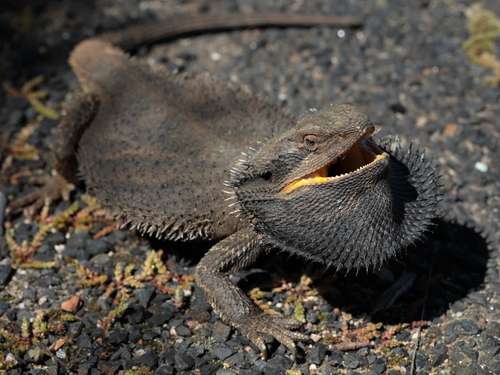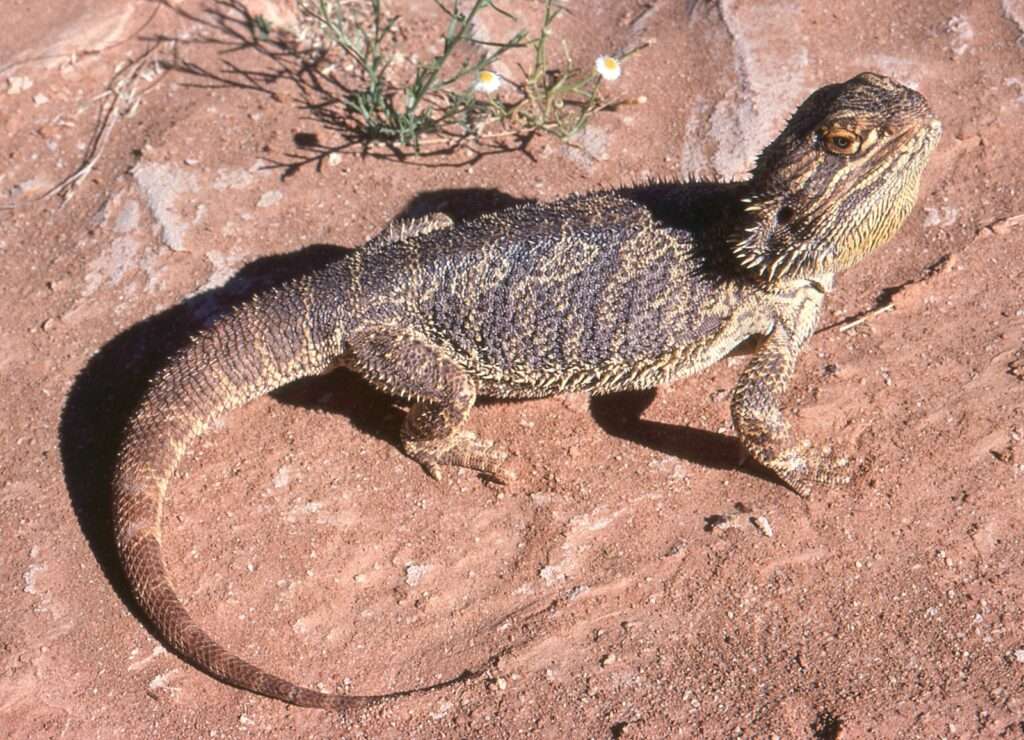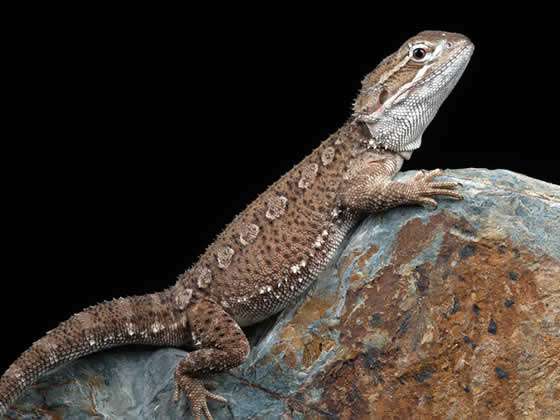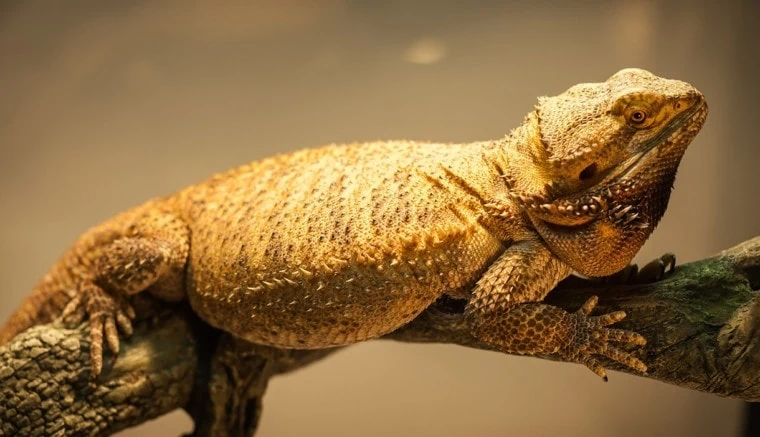
Description:
Scientific name: Pogona barbata
Life span: 10-15 years
In Australia’s forested regions, you can find the Eastern bearded dragon (Pogona barbata), an agamid lizard. The skin of an eastern bearded dragon is typically gray-black or red, though it can also occasionally be reddish-brown, yellowish-brown, or dark brown. Juveniles have lighter colors than adults and patterns that progressively disappear as they get older. The animal’s forepart of its head gradually acquires a slight pale yellow, blue, or green hue as it ages.
Native Region/Habitat
Although specimens have been gathered from Cape York, across central Australia, and even from the west coast of Australia, eastern bearded dragons are typically found in eastern Australia south of the Cape York Peninsula. These lizards frequent agricultural and urban areas in addition to their homes in dry woodlands and dry sclerophyll forests.
Behavior:
Eastern bearded dragons spend their days alone. Being arboreal, they perch on exposed locations like tree branches or logs and retreat to lower, cooler areas when it gets too hot. They can be rather hostile, and the territorial males only let females and young animals live in their domain. The largest and highest-positioned male dragons are typically the dominant ones. Eastern bearded dragons enlarge their throats and show off their beards when they feel threatened. They will open their jaws to show off the vivid yellow hue of their mouth lining if provoked further. Brumation is a form of hibernation experienced by bearded dragons. In brumation, which is similar to hibernation, reptiles occasionally drink water but go months without feeding. When the temperature drops below 15.5-21 °C (60-70 °F) at night and to 24-26.5 °C (75-80 °F) during the day for eight to ten hours, bearded dragons enter brumation. When the weather is too hot, they frequently tunnel under the ground. Moreover, they will create more durable tunnels or covered hiding areas to utilize as defense against predators and nighttime climate changes.
Care As a pet/In captivity:

Caging Tips: A hatchling dragon may be able to survive for a short while in a 20-gallon tank, but it will soon require a larger cage. An adult dragon can live in a 75-gallon aquarium or an enclosure of a comparable size. Whether as a top on an aquarium enclosure or when building a custom enclosure, screening should be used for proper ventilation. Bearded dragons can be housed in outdoor enclosures during the warmer months. Make sure the outdoor enclosure has places to relax in the sun and the shade, as well as protection from the elements. Outdoor sun exposure delivers beneficial UV. Bearded dragon enclosures should have some thick branches because they enjoy climbing.
Temperature: Bearded dragons enjoy the heat. For them, a basking area that is about 100 degrees Fahrenheit is ideal. A spotlight placed above a rock, branch, etc. at one end of the enclosure can serve as the basking location. Your dragon will be able to thermoregulate by keeping the spotlight at one end of the cage (move between a cooler end of the enclosure and the hotter end with the basking area). At roughly 80 degrees, the cooler end of the cage can be maintained.
Food: Being omnivores, bearded dragons consume both plant and animal stuff. Kids frequently eat enthusiastically and without fuss. Calcium and a vitamin/mineral supplement should be sprinkled on insects like crickets and mealworms. Before giving the insects to your lizards, dust them by putting them in a plastic bag with part of the powder and shaking the bag to distribute the powder evenly over the insects.
Table





